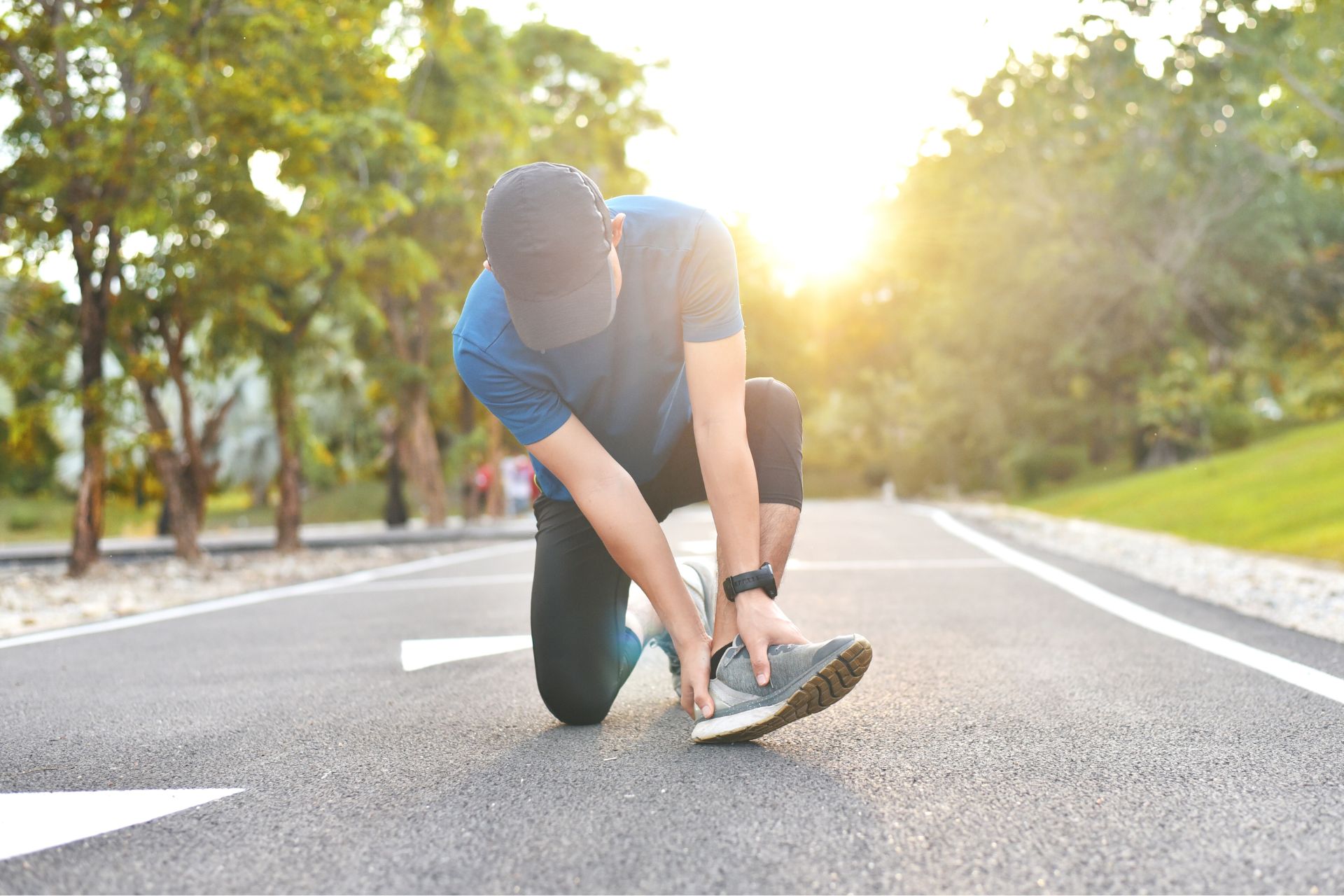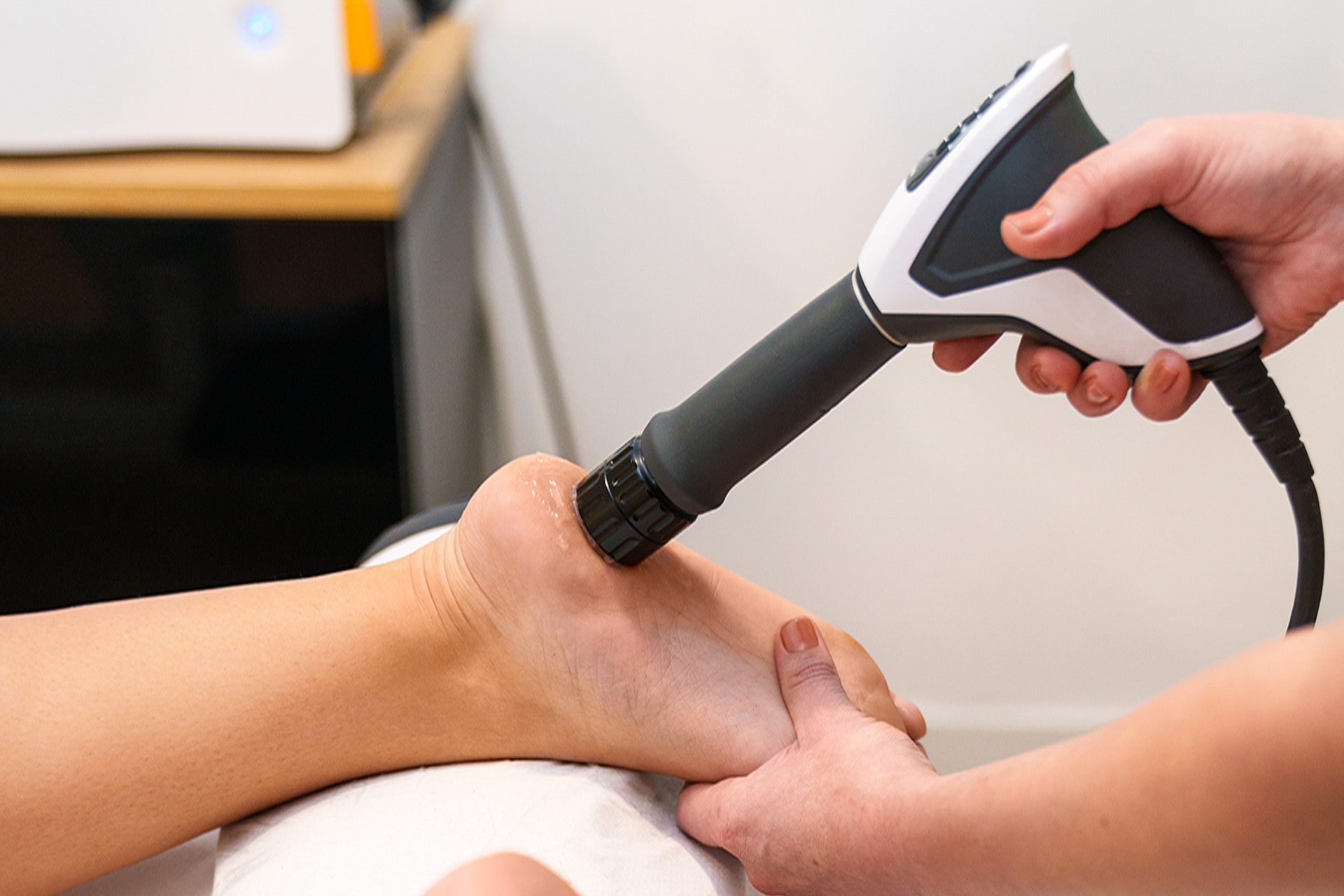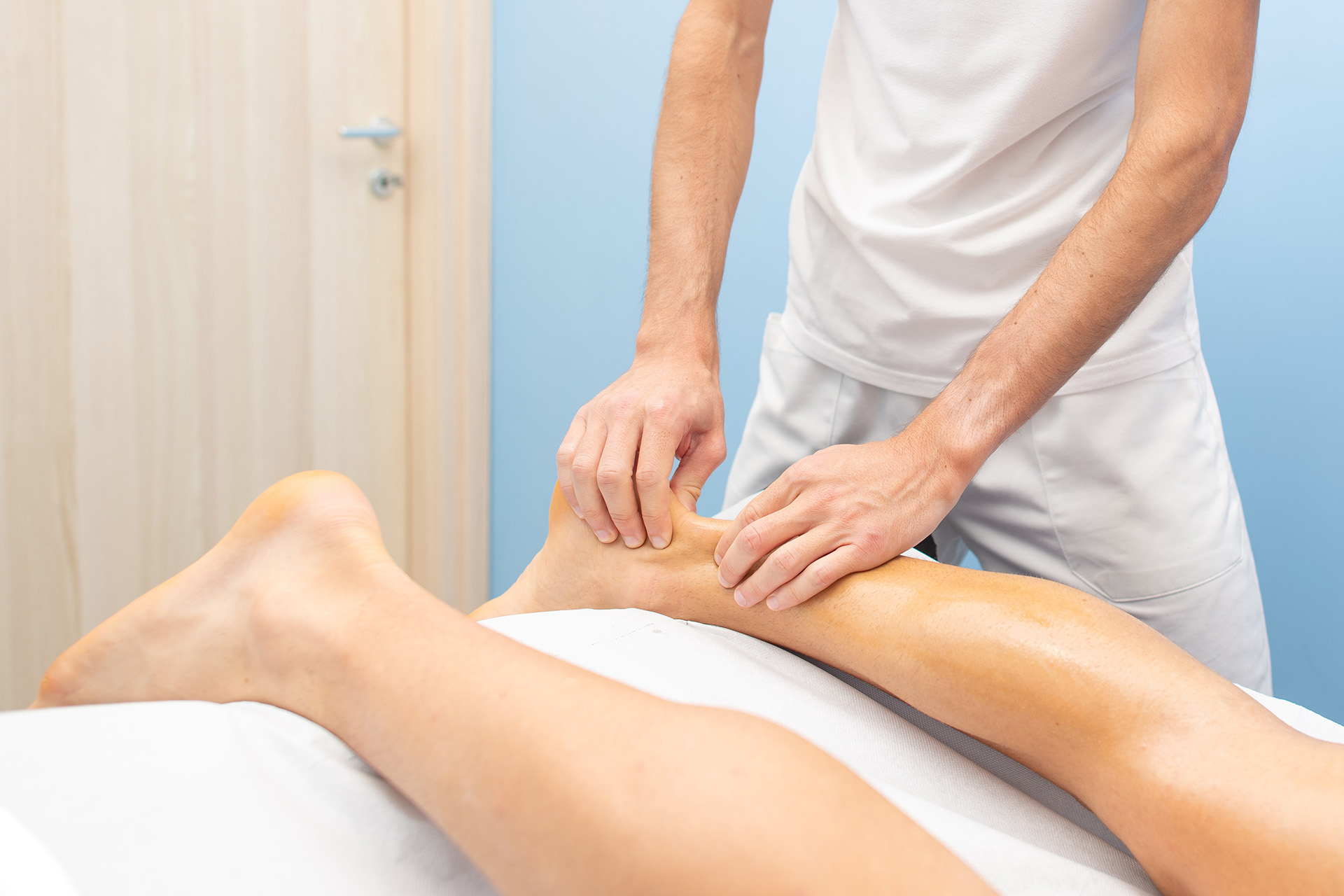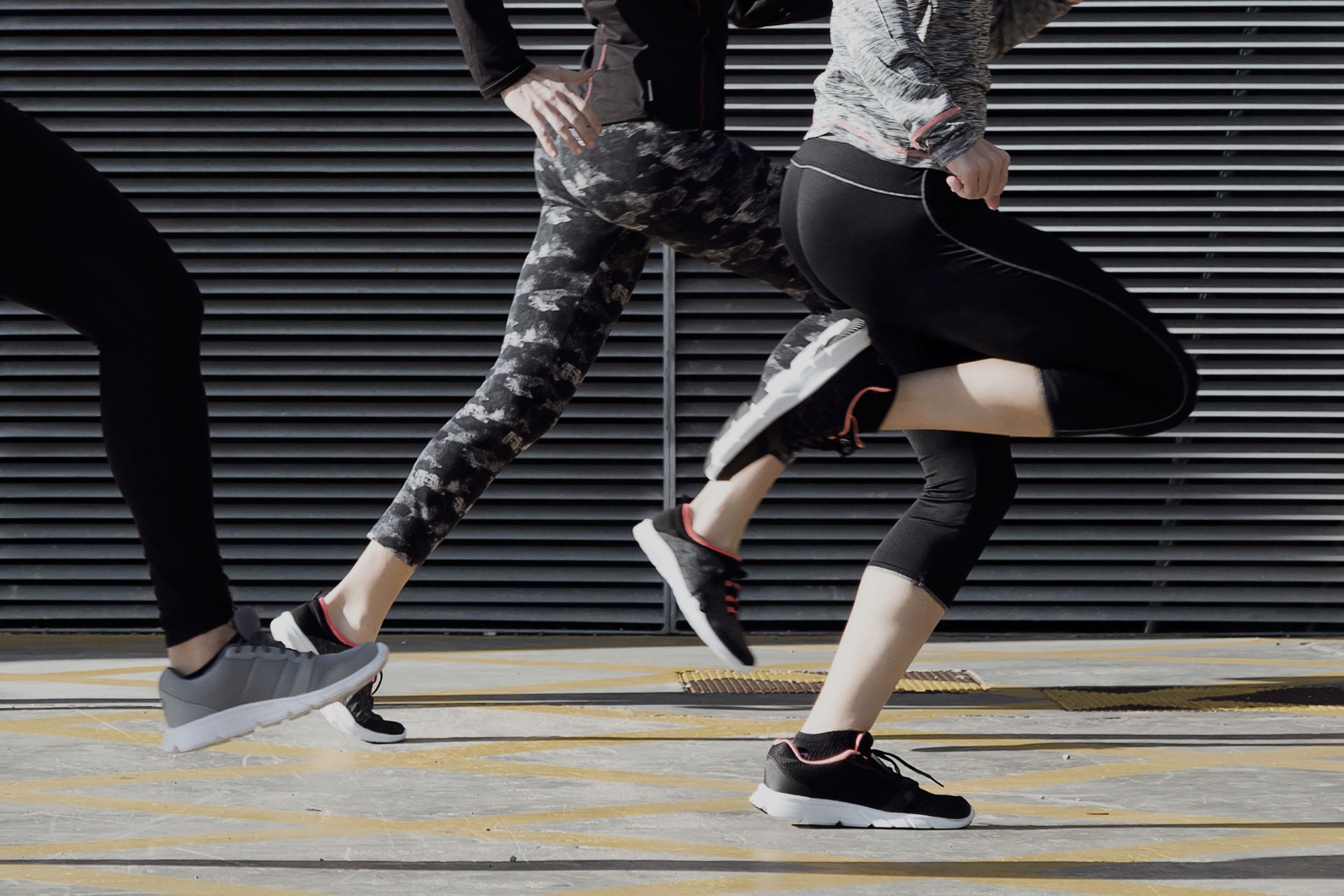In this article, we provide some tips from our lead podiatrist – a father of two – on how your child can grow and develop their feet throughout their childhood while preventing any potential problems that may arise from improper care of your child’s feet.
Growing pains now can contribute to conditions and unforeseen abnormalities later in life. It might be challenging to spot subtle changes in your child’s foot. These early differences happen gradually, and it’s a good idea to watch them. Proper foot care for children is important as your child learns new motor skills, like riding a bike or going up the stairs without holding someone’s hand.
Toddlers’ Right and Left Feet Are Not Exactly Alike
You may have noticed differences in your child’s right and left feet, but did you know some common differences are shared traits between most children?
- The big toe is usually longer than the second toe. This is because as toddlers start walking, they place more weight on their big toes than others. Compare this with adults whose weight distribution is even throughout all five toes when they walk or run.
- There may be an ample space between the second and third toes. This is because toddlers tend to put more weight on their heels when they put one foot in front of the other.
- There may also be an ample space between the fourth and fifth toes. That’s because your toddler puts most of his or her weight on the feet with every step, not evenly distributed as for adults.
- Until your child can walk up the stairs independently without holding someone’s hand, you don’t have to worry too much about your toddler’s foot arch.
What Can I Do to Help My Toddler’s Feet Develop Better Naturally
Letting your kid’s feet develop as naturally as possible is important to its development. One of the best way you can help them do this is to let them run barefoot outdoors on natural surfaces. Get them out to a grassy area in Fort Canning Park or to the sandy beach in Sentosa. This will encourage all movement from their soles down towards the toes.
You might also try tickling their feet with fun games to activate foot muscles.
You should always make sure to give your toddler’s feet enough space for their toes so they can move around, especially at night when they sleep.
If your toddler wears socks, be sure they are the proper size, as they may restrict the foot’s growth. Check especially after they have been washed, as they might have shrunk. You should also make any soft booties that are wide enough so the baby’s toes have room around them.
Is My Baby Ready for Shoes?
It’s tempting to get them before your kid can even walk, but you needn’t worry about that just as yet. It’s important to wait until your toddler is ready for their first pair of shoes. Help your toddler learn to walk by staying barefoot indoors. This will allow the development and strengthening of feet without restriction.
Once they’re ready for shoes, you want to buy comfortable, soft leather footwear with lightweight, flexible soles that are padded around the foot and ankles and have non-slip bottoms.
Get your toddler’s feet measured every six to eight weeks. Children grow, on average, two whole sizes each year until they are four years old, and then one size per year after that. If you plan on getting bigger shoes that they “can grow into”, try to get shoes with adjustable fasteners, such as Velcro, a buckle, or laces to prevent the feet from shifting and causing foot problems.
Common Paediatric Foot Problems
Many of the same foot conditions that adults get also affect children, including:
- Blisters These are often caused by new or ill-fitting shoes and can develop on any area of the skin. If you notice a blister, immediately remove your toddler’s shoes to prevent it from bursting open. Don’t try popping these yourself, as this can cause infection. If the skin has already been broken, a disinfectant plaster or other dry, sterile dressing should be applied to protect the skin while it heals.
- Ingrown toenails When nails grow into the surrounding skin, they become ingrown. If your toddler has an ingrown toenail, her skin around the toenail may appear red or swollen, and it might hurt a lot. Rather than curving her toenails and fingernails, cut them straight across. If necessary, use nail clippers and a file to remove any sharp edges. Never cut the toenail of your toddler too short. The corners should be just clear of the soft toe area.
- Athlete’s foot A fungal infection is uncommon in toddlers, although it may be more common if your kid goes swimming frequently. This is because fungus grows well in warm, wet places such as bathrooms and changing rooms. It commonly affects the toes and causes a red, itching, moist rash.
Cotton socks, as well as drying between your toddler’s toes properly after baths and swims can help to prevent athlete’s foot. Before purchasing any over-the-counter medications, check with your doctor because many are not appropriate for young children.
- Verrucas Tiny warts found on the soles of the feet are most frequently acquired at swimming pools. If your child gets a verruca, allowing it to heal independently is acceptable. They generally go away after two years. However, contact your podiatrist if your toddler’s verruca is causing discomfort.
- Hand, foot and mouth disease A mild viral infection that’s not unusual in children under 10. It can cause small spots to appear on your toddler’s mouth (which may develop into blisters), hands or feet. An itching sensation often accompanies these. The rash may also extend up the arms into the legs, occasionally resulting in small blister-like patches around the nappy area.
Your toddler’s feet need to be properly cared for in order to provide them with a lifetime of healthy foot function. It is important not only for your child but for yourself as a parent knowing how best to take care of your little one’s precious toes, such as when to be concerned if your child has flat feet.
If you are looking for ways to improve your child’s foot health or treatment options for a specific condition, find out more about our Paediatric Podiatry services.






